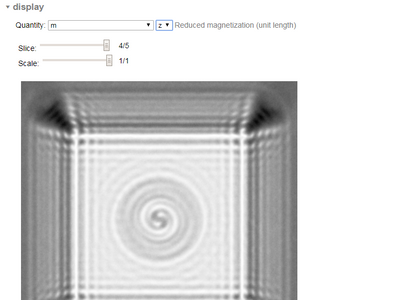The course covers modelling of semiconductors and nanostructures with numerical methods such as the finite difference method (FDM) and the finite element method (FEM) and industry standard simulation programs for circuit design. The focus is on modern CMOS technology nodes including FinFET, SOI and future generations of 3D devices. Power consumption, energy efficiency and sustainable energy production are recurring themes.
The following areas are covered:
- Description of comparative analysis of application and basic principles of physical device simulation (TCAD) and compact models for circuit simulation.
- Compact models for modern semiconductor technologies and their implementation by means of hardware descriptive languages in design software, including corner modelling and other statistical methods.
- General introduction to the combination of process simulation and device simulation for optimisation of future generations of semiconductor devices.
- Hierarchies for device, circuit and mixed device and circuit simulations and multi-physics simulations in the semiconductor and nanostructure areas.
- Thermal modelling, power consumption, variability and concepts such as ”dark silicon” in integrated circuits with 100-million transistors.
- Parallel programming and hardware support for demanding semiconductor simulations.
